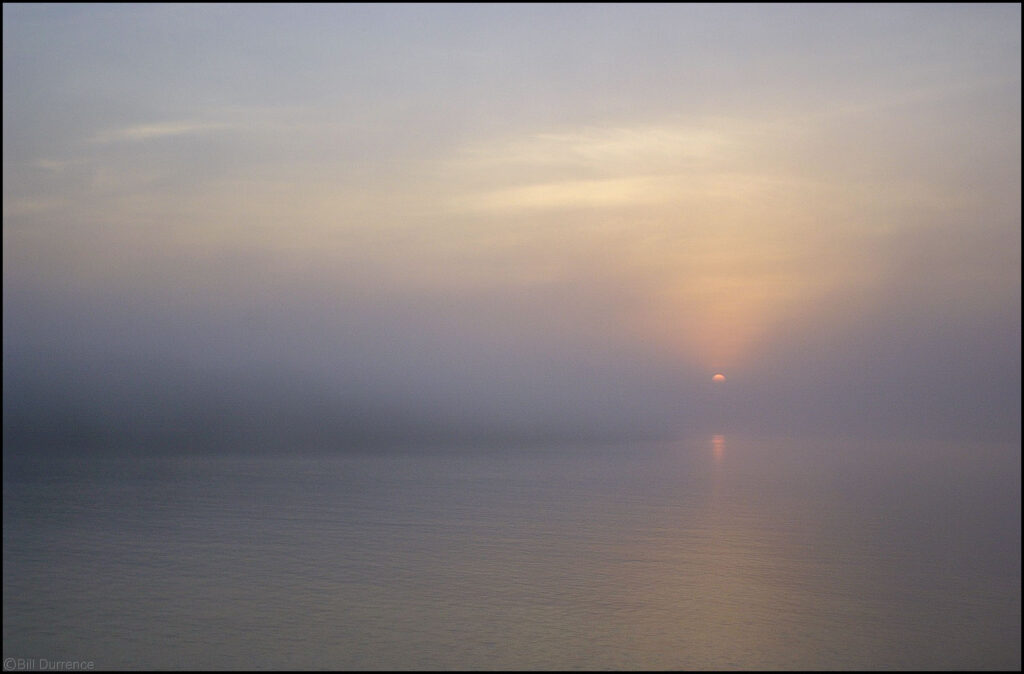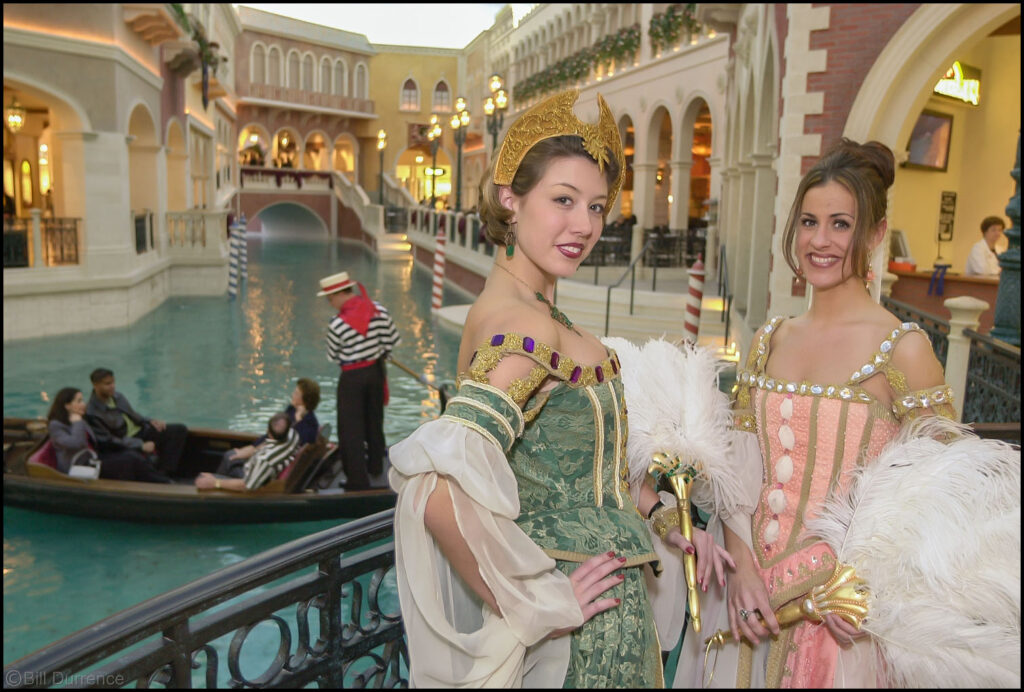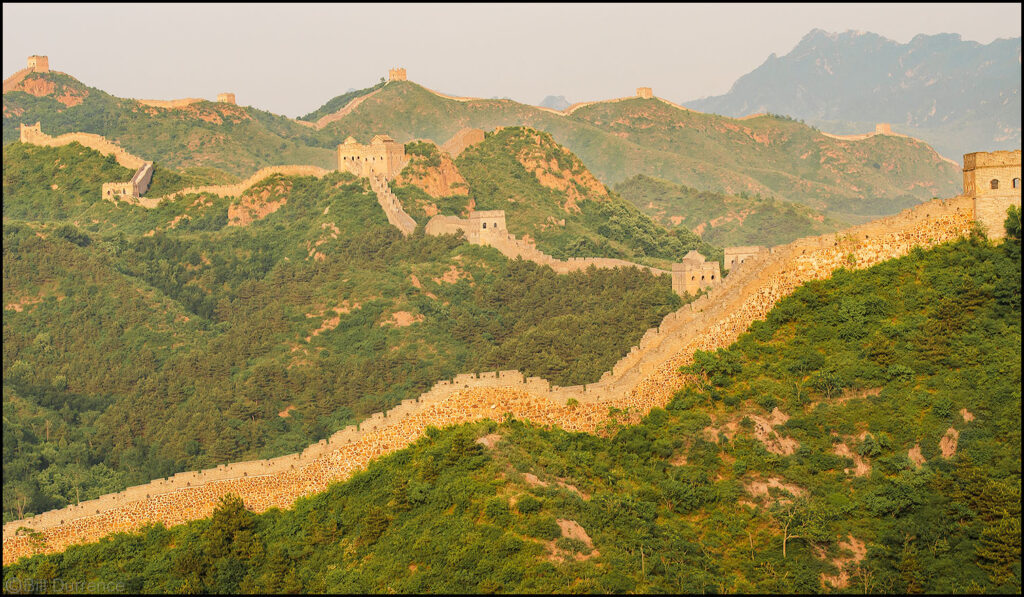Savannah, 2000

“Sunshine on My Shoulders”
“Sunshine on my shoulders makes me happy
Sunshine in my eyes can make me cry
Sunshine on the water looks so lovely
Sunshine almost always makes me high
If I had a day that I could give you
I’d give to you a day just like today
If I had a song that I could sing for you
I’d sing a song to make you feel this way” John Denver
The location for this photograph is Morrell Park, near the Waving Girl statue, along the riverfront in downtown Savannah. It’s about three blocks from my home, which means if I want to schedule a sunrise photo expedition for a group, that’s the place which will offer me the shortest travel time, and the most sleep before I have to head out into the dark.
Around the turn of the century I taught a number of small group photography workshops in Savannah. With a little driving time, there are lots of sunrise options–beach, marsh views–but if staying downtown, where our workshop hotels were usually, the riverfront is the handiest clear sight line to a visible horizon. So it was really for the convenience of my clients. Yes, that too, but there was a more important, and more subtle, reason.
The park is (or was; lots of new construction in the area these days, and a shrinking public view of the river) pretty simple: a grassy area, a few trees, the Waving Girl, the Weston Hotel reflection, the river, and the sun rising downriver. I scheduled the groups to shoot sunrise at this location at least twice, to experience how the same place could look very different with a little change in the light and atmospherics. I photographed sunrise from that spot dozens of times and it never felt repetitive. Having the same ostensible subject matter each visit made it easier to notice how the light changed it. What most often makes a photograph interesting is not the subject, but the way the light is describing it. A corollary to that is, never put off making the photograph. If it looks good to you now, you cannot do “this” photograph later. If it looks better later, shoot that, then.
For more photographs, go to https://www.billdurrence.com/index




